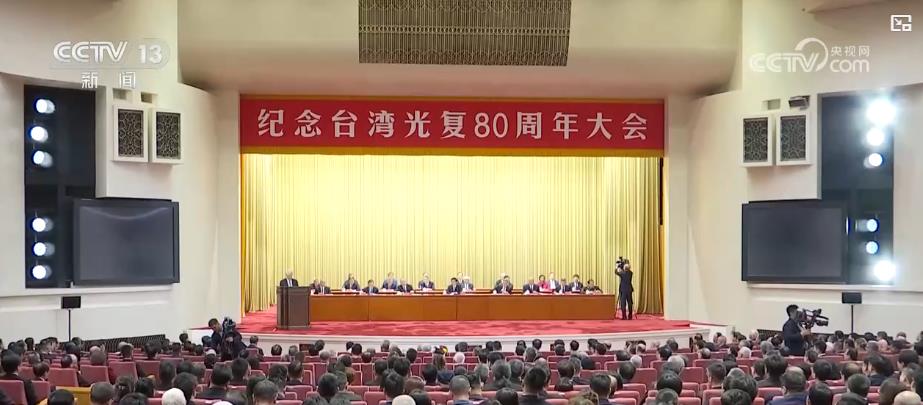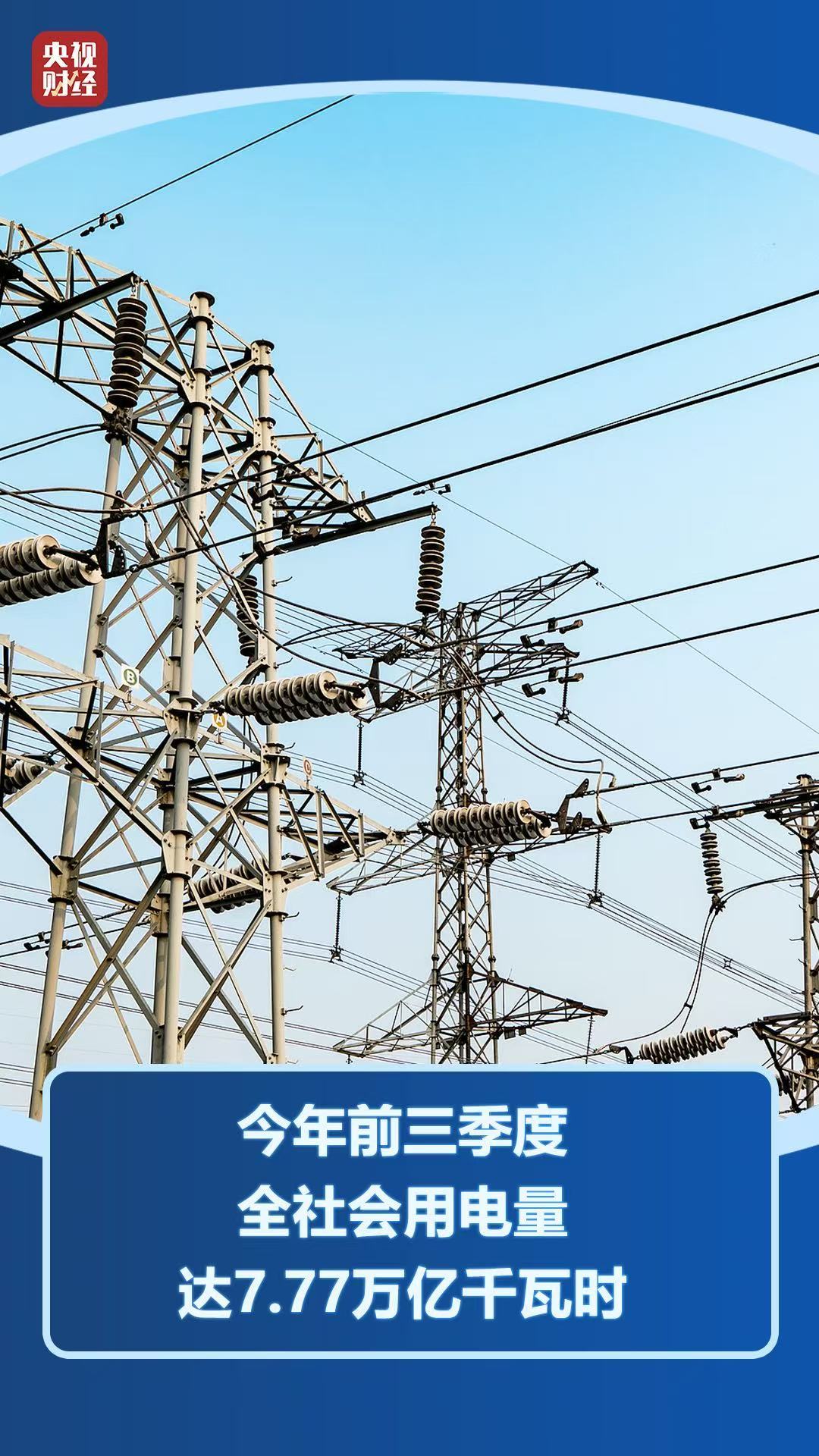CCTV News: Wang Pingping, Director of the Population and Employment Statistics Department of the National Bureau of Statistics, interprets the average salary data of urban unit employees in 2024. In 2024, all regions and departments will thoroughly implement the decisions and deployments of the CPC Central Committee and the State Council, comprehensively deepen reform and opening up, and increase macro-control efforts. The overall economic operation will be stable and steady, the number of urban employed people has increased, and the annual average wages of urban units will increase steadily.
1. The average wages of urban non-private units have grown steadily
In 2024, the average annual wages of urban non-private units in the country were 124,110 yuan, a nominal increase of 2.8%, and a 2.6% increase in comparable terms; the average annual wages of urban private units have been 69,476 yuan, a nominal increase of 1.7%, and a 4.0% increase in comparable terms; the average annual wages of employees in large-scale enterprises are 102,452 yuan, a nominal increase of 4.4%, and a 4.2% increase in comparable terms. The wages here refer to all labor remuneration, including the actual wages, bonuses, subsidies, etc. that employed people receive from the unit, as well as personal income tax, social insurance funds and housing provident fund withheld from the unit. The comparable annual average wage growth rate of urban private units is quite different from the nominal growth rate, mainly because after the fifth national economic census, the coverage of labor wage statistics is more complete. The fifth national economic census adopted a "carpet-style" inventory to ensure that the census units are not heavy or missed. After the census, more small and micro enterprises were included in the labor wage statistics scope. The wage levels of employees in these units are relatively low, which has a certain impact on the average wage level and nominal growth rate of urban private units.
2. The overall salary level among industries is stable
By industry categories, the top three industries with the annual average salary levels of non-private units and private units in urban areas are still information transmission, software and information technology services, finance, scientific research and technical services; industries with low annual average salary levels are mainly concentrated in agriculture, forestry, animal husbandry, fishery, accommodation and catering industries, water conservancy, environment and public facilities management industries, as well as residents' services, repairs and other services industries. Judging from the changes in the ranking, the average annual salary of non-private units in 19 industries was the same as in the previous year in 19 industries; the average annual salary of cultural, sports and entertainment industries in non-private units decreased by 3 places, and the transportation, warehousing and postal industries increased by 2 places; the average annual salary of electricity, heat, gas and water production and supply industries decreased by 2 places, and the wholesale and retail industries increased by 2 places.
3. The gap between jobs in enterprises above a certain scale narrows
In 2024, the average annual salary of employees in enterprises above a certain scale was 102,452 yuan. By position, the average annual salary of middle-level and above management personnel is 203,014 yuan, professional and technical personnel is 148,046 yuan, service personnel and relevant personnel is 93,189 yuan, social production service and life service personnel is 77,584 yuan, and production and manufacturing and related personnel is 78,561 yuan. Among the five types of positions, the ratio of the two types of positions with the highest and lowest average wages is 2.62, a decrease of 0.02 from the previous year.
By region, the ratio of the average salary to the lowest among the five categories of jobs in the eastern region is 2.92, a decrease of 0.06 from the previous year; the lowest in the central region is 2.24, a decrease of 0.04 from the previous year. By industry category, the industries with the highest and lowest average wages of the five categories of jobs have narrowed significantly are electricity, heat, gas and water production and supply industries, information transmission, software and information technology services, and education, which have narrowed by 0.32, 0.29 and 0.24 respectively compared with the previous year.
It should be noted that average wages are an important statistical indicator that reflects the overall wage situation and changes of a country, region, industry, and position. The growth and changes in average wages are affected by multiple factors, including external factors such as macro policies and social and economic environment, as well as internal factors such as unit restructuring and changes in employment structure. Generally speaking, individual wage level and growth rate may be significantly different from the national average level and growth rate. This requires a comprehensive analysis of the industry, region, unit type, position and individual specific situation and treat it rationally.






